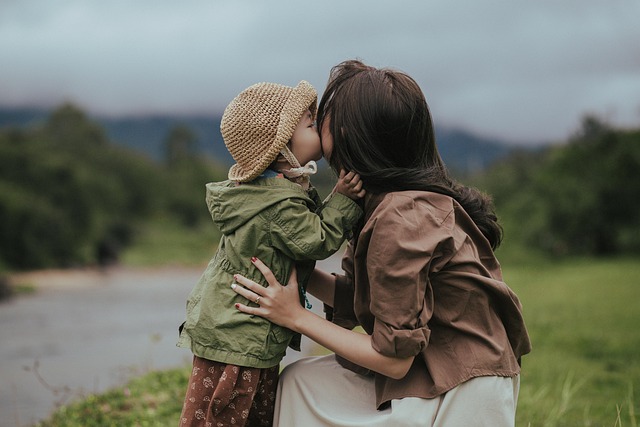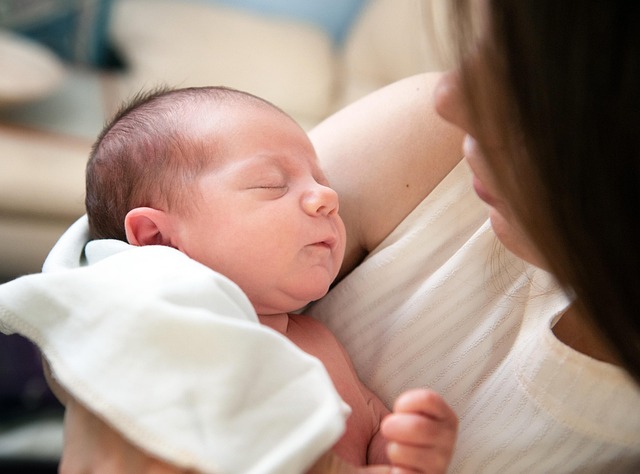Oregon Child Protective Services (OCPS) is a state initiative focused on safeguarding young residents' well-being through abuse and neglect investigations, family support, and removal when necessary. Balancing parental rights and child interests, OCPS operates under laws like the Child Protective Services Act, emphasizing early intervention and family preservation. State courts oversee cases, ensuring due process and prioritizing child safety. The legal environment evolves through reforms and case law, reflecting a commitment to protect and nurture Oregon's future.
“In the realm of child welfare, understanding the intricate interplay between policy and law is paramount for safeguarding our youngest members of society. This article offers a comprehensive legal insight into critical aspects of child protection, focusing on Oregon Child Protective Services (CPS). We explore how CPS operates within the framework of child welfare laws, examining their impact on protecting children’s rights while delineating responsibilities. By delving into these key areas, we aim to highlight effective strategies for ensuring the well-being and security of children in need.”
- Oregon Child Protective Services: A Legal Overview
- Understanding Child Welfare Laws and Their Impact
- Protecting Children: Policy, Rights, and Responsibilities
Oregon Child Protective Services: A Legal Overview

Oregon Child Protective Services (CPS) is a crucial component of the state’s commitment to ensuring the safety and well-being of its youngest residents. Established under the Oregon Revised Statutes, CPS is tasked with investigating reports of child abuse and neglect, providing services to at-risk families, and, when necessary, removing children from harmful environments. The agency operates under a framework that balances the rights of parents with the best interests of the child, guided by a range of laws and regulations designed to protect and support vulnerable youth.
Key legal aspects shape Oregon CPS’s operations, including the Child Protective Services Act, which outlines procedures for reporting, investigation, and intervention. This legislation emphasizes early intervention services to prevent out-of-home placements and promotes family preservation efforts. Additionally, state courts play a vital role in overseeing CPS cases, ensuring due process rights for parents while prioritizing child safety. The legal landscape surrounding Oregon Child Protective Services is dynamic, with ongoing reforms and case law interpretations refining the agency’s approach to child welfare, reflecting a steadfast commitment to protecting and nurturing Oregon’s future generations.
Understanding Child Welfare Laws and Their Impact

Child welfare laws are designed to protect and nurture children, ensuring their safety, well-being, and healthy development. These laws, including those in Oregon, establish a framework for various government agencies, such as Oregon Child Protective Services (OCPS), to intervene when a child’s physical or emotional needs aren’t being met. The impact of these laws is profound, as they give authorities the legal mandate to remove children from harmful environments and place them in more secure settings.
Understanding these laws is crucial for several reasons. It helps parents and caregivers understand their rights and responsibilities while enabling them to ensure their children’s safety. Moreover, awareness of child welfare policies empowers community members to recognize signs of abuse or neglect and take proactive measures, ultimately contributing to a safer and healthier environment for Oregon’s youth.
Protecting Children: Policy, Rights, and Responsibilities

In Oregon, child welfare policy is a multifaceted approach designed to protect and nurture vulnerable children while holding parents and guardians accountable for their well-being. The state’s Child Protective Services (CPS) plays a pivotal role in this process, focusing on prevention, intervention, and support services. CPS works tirelessly to ensure that every child grows up in a safe and stable environment, free from abuse or neglect.
The Oregon child protective services framework is built around the rights and responsibilities of both children and their families. Children have the right to safety, health, and emotional well-being, while parents have the duty to provide these essentials. When concerns arise, CPS engages in a delicate balance, offering resources and guidance to help families meet their obligations, while also taking necessary actions to protect children at risk. This approach underscores the state’s commitment to preserving family units whenever possible while upholding the paramount interest of child welfare.
